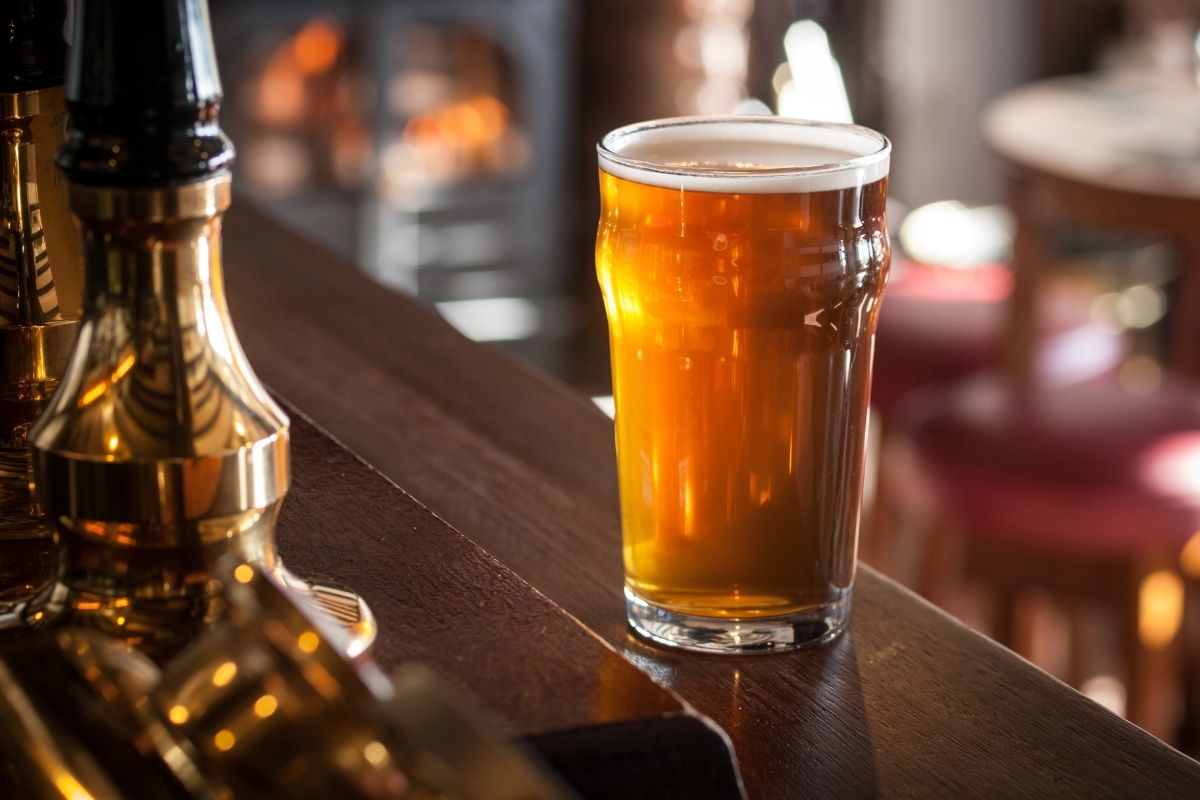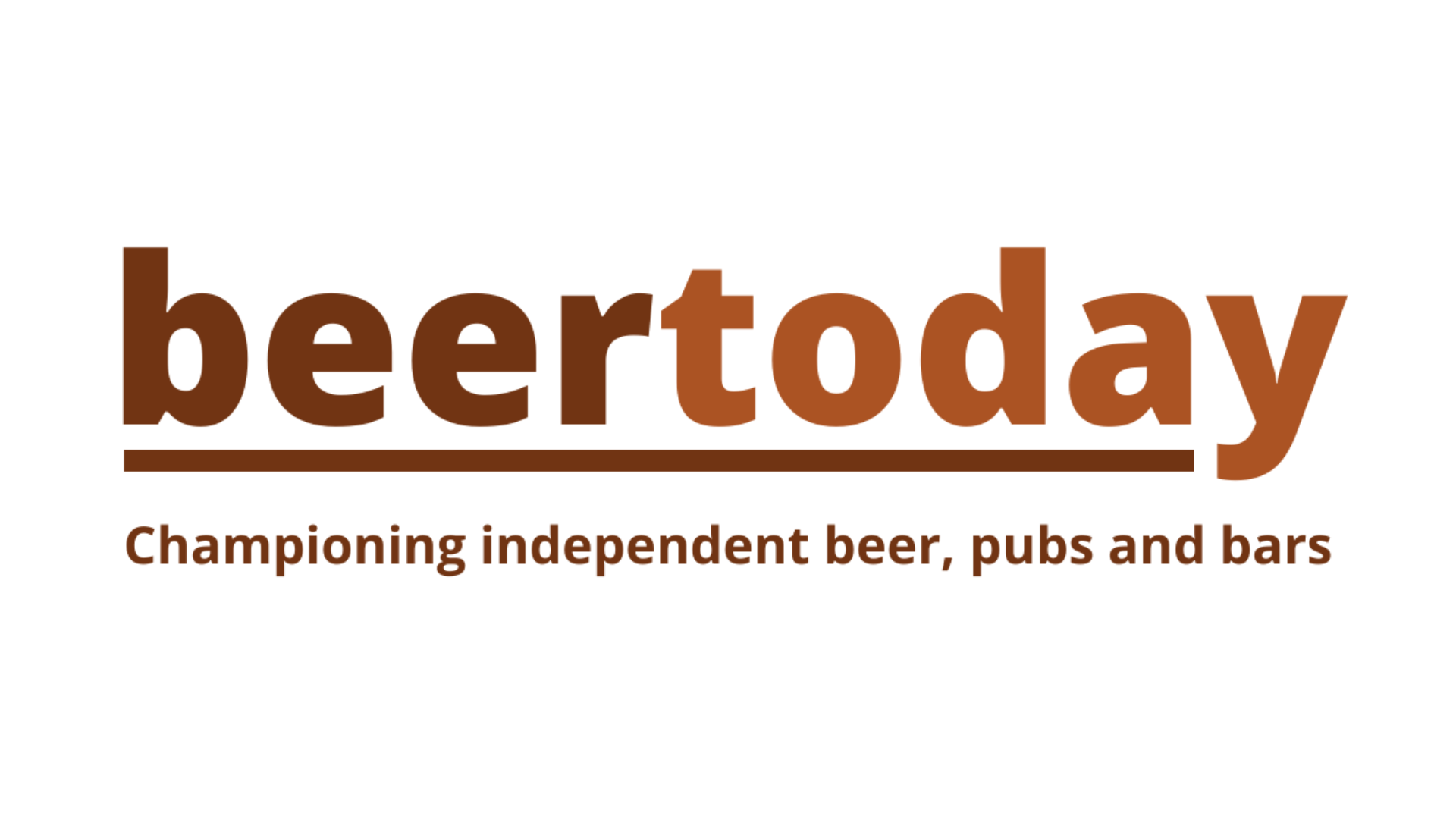Unprecedented inflation in energy bills and other costs led to a net decline of 1,611 licensed premises in the fourth quarter of 2022, the new Hospitality Market Monitor from AlixPartners and CGA by NielsenIQ reveals.

It represents a 1.6% contraction of the market in just three months — equivalent to nearly 18 net closures every day. Across the whole of 2022, hospitality recorded a drop of 4,809 premises, or 4.5% of the total at the end of 2021. More than three-quarters of the closures occured in the second half of the year.
This means hospitality suffered a higher tally of closures in 2022 than 2021, and only marginally fewer than 2020, when Covid restrictions severely curtailed trading. The sector now has 13,037 fewer sites than at the start of the pandemic in March 2020 — a contraction of more than 10% in under three years.
Many of 2022’s closures were the result of spiralling costs in energy, food, and other key areas, which have hit profit margins and made real-terms growth difficult. Fragile consumer confidence, rail strikes, and labour shortages are all adding to the headwinds facing hospitality operators in 2023.
The Hospitality Market Monitor highlights the disproportionate impact of the inflation crisis on independents in hospitality. Nearly nine in ten fourth-quarter closures occurred in the independent sector, as small businesses that were weakened by Covid were forced to close their doors.
“While Covid took a heavy toll on hospitality, these figures suggest the energy crisis is having an even more damaging impact,” said Karl Chessell, CGA’s director for hospitality operators and food, EMEA.
“Given all the pressures, a drop of more than 1,600 venues in three months is quite shocking, and every closure represents a sad loss of jobs and disappointment for communities and operators. Although consumers remain eager to visit pubs, bars, and restaurants, thousands of vulnerable businesses remain at risk after three years of turmoil from Covid and inflation.
“Urgent and targeted government support is needed to sustain them through what promises to be another very difficult year.”
Stark snapshot
Graeme Smith, managing director of AlixPartners, added: “These latest figures are a stark snapshot of what the sector has faced over the course of the past three years. Since March 2020, 13,037 site closures — equivalent to 13 sites lost every day.
“While some segments have remained resilient, others have endured a more difficult time, with the casual dining sector, nightclubs, and independent businesses suffering the highest closure rates, as costs and industrial action took their toll.
“What is clear is that, absent further government support, the energy crisis has the potential to take a bigger toll on hospitality than Covid, and if the current rate of closures continued, we would see Britain’s number of licensed premises fall below 100,000 sometime this year.
“Not every business is suffering equally, but even the stronger operators with robust balance sheets are opting to conserve cash and wait out this storm at the current time.”
Emma McClarkin, chief executive of the British Beer and Pub Association, said: “After multiple lockdowns we thought we’d come through the worst time , but eye-watering energy bills have gone beyond that in terms of pushing publicans to breaking point. This crisis is forcing people to give up their businesses and, in some cases, their homes as well if they live above their pub.
“If the government won’t reconsider increasing energy support for businesses beyond April, it must crackdown on the suppliers who are taking advantage of the market and introduce longer-term support for our sector by lowering the unfair tax burden on pubs and brewers.
“Failure to intervene now will only help this trend of closures to continue with hundreds, if not thousands, more pubs lost in communities in every neighbourhood across the country.”


